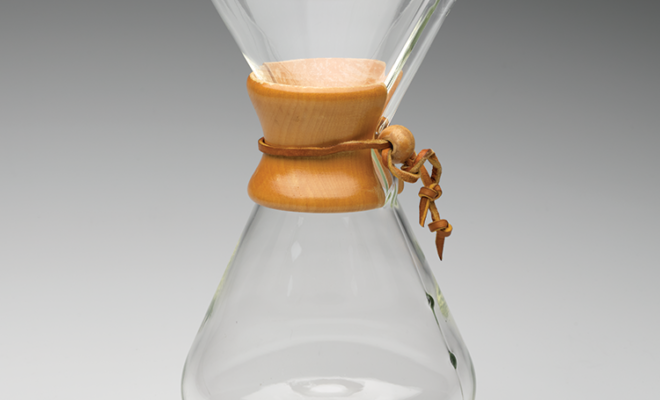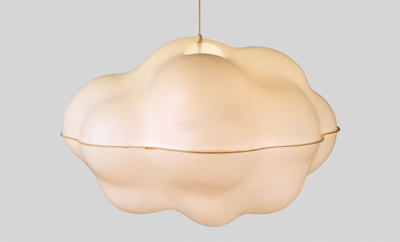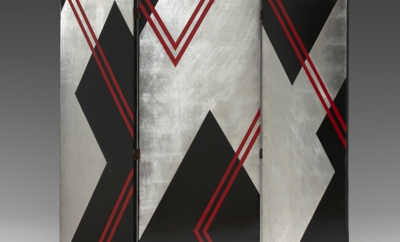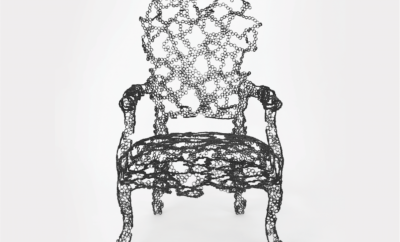 Image courtesy of Yale University Art Gallery
Image courtesy of Yale University Art Gallery
Design
Curator’s Eye: Chemex Coffeemaker by Peter Schlumbohm

PETER SCHLUMBOHM
(1896–1962)
CHEMEX COFFEEMAKER
Pyrex, cherrywood, and leather
Introduced 1941
THE CHEMEX COFFEEMAKER, INVENTED BY THE German-born chemist Peter Schlumbohm, has been in continual production since 1941, an example of innovative, socially conscious design. The coffeemaker entered American popular culture during World War II, when the Museum of Modern Art featured it in its 1942–1943 exhibition Useful Objects in Wartime, a survey of consumer goods that complied with the government’s requisition of raw materials for the war effort. The design of the coffeemaker made elegant use of glass, leather, and wood—materials not subject to regulation and thus readily available.
Its dramatic hourglass form—devoid of handles or added decoration—evokes scientific efficiency. The conical base relates to the shape of Erlenmeyer flasks, which Schlumbohm would have used while earning his doctoral degree in chemistry in Germany. In a further nod to his scientific training, Schlumbohm chose to manufacture the coffeemaker from borosilicate glass, the type of glass used for lab equipment that could withstand exposure to an open flame or boiling water. Schlumbohm’s design was manufactured by Corning Glass Works, which produced the mold-blown vessels from their proprietary Pyrex; and Schlumbohm’s Chemex Corporation assembled the parts. This conflation of kitchen and laboratory reflects the compelling role that technology played in the American imagination during the postwar era. Although the coffeemaker emerged amid wartime deprivation, its sleek appearance and practicality came to embody the potential of American domesticity in the atomic age.
John Stuart Gordon
Benjamin Attmore Hewitt Associate
Curator of American Decorative Arts
Yale University Art Gallery
New Haven, Connecticut












